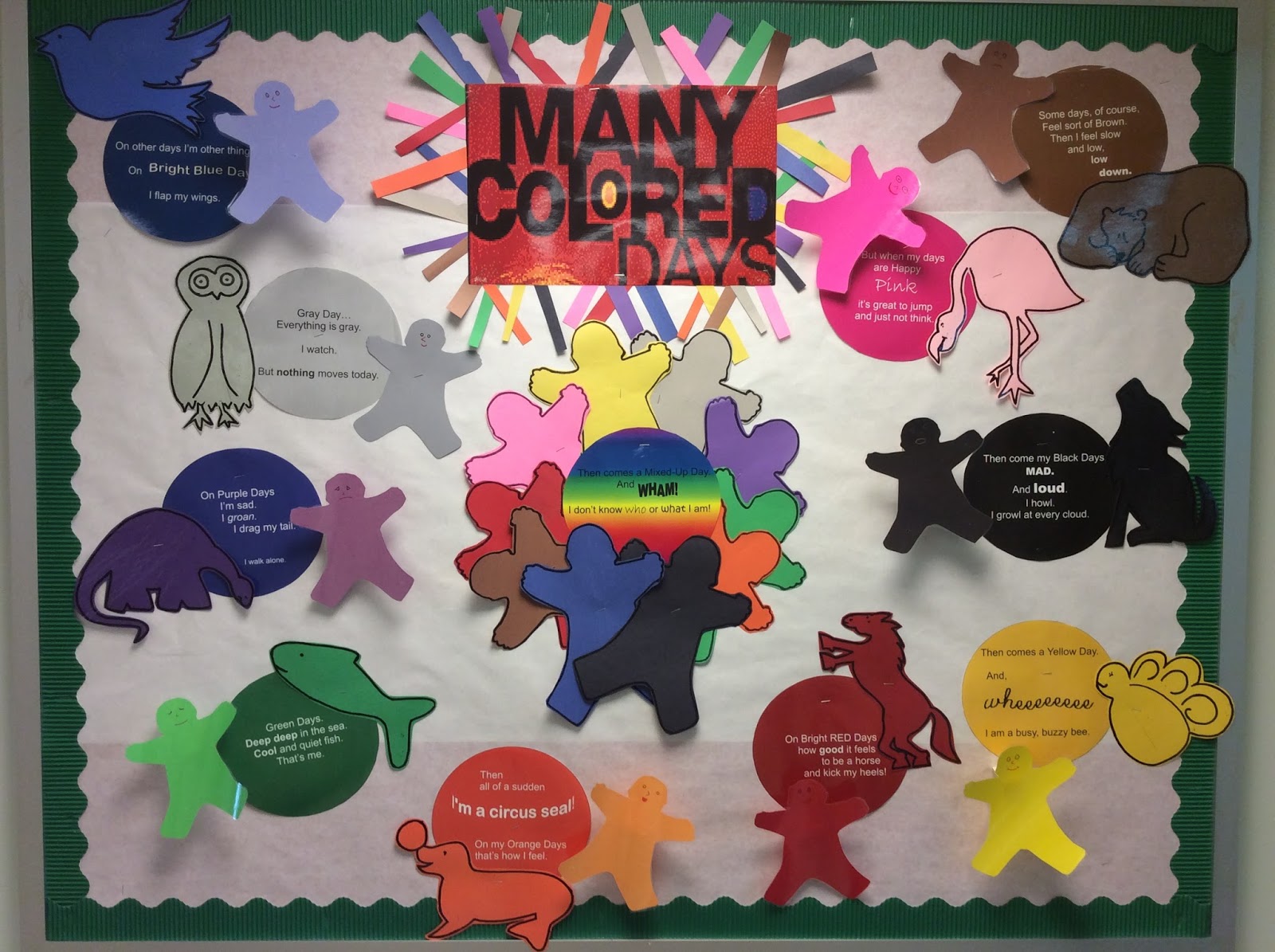

With Johnson and Fancher's atmospheric, large-scale paintings bursting off the pages, Dr. Here is a wonderful way for parents to talk with children about their feelings. Using a spectrum of vibrant colors and a menagerie of animals, this unique book does for the range of human moods and emotions what Oh, the Places You'll Go! does for the human life cycle.

Seuss saw his original text about feelings and moods as part of the "first book ever to be based on beautiful illustrations and sensational color." The quest for an artist finally ended-after the manuscript languished for more than two decades-at the paint brushes of husband-and-wife team Steve Johnson and Lou Fancher whose stunning, expressive paintings reveal such striking images as a bright red horse kicking its heels, a cool and quiet green fish, a sad and lonely purple dinosaur, and an angrily howling black wolf. Seuss wrote in 1973, was a letter outlining his hopes of finding "a great color artist who will not be dominated by me." But the pointed message of Oh, the Places You'll Go! and the genius of Seuss's early work go missing. The characteristically catchy Seussian rhyme could help turn a Gray Day into a ""busy, buzzy"" (Yellow) one, and the snazzy die-cut jacket gives this volume an immediate lift above the competition. Husband and wife Johnson and Fancher (Cat, You Better Come Home) do not mime the author's pen-and-ink creations but work in pasty, expressionistic brushstrokes and blocky typefaces that change with the narrative tone. Spread by spread, the character metamorphoses into animals of varying hues, from an energetic red horse to a secretive green fish to a droopy violet brontosaur (""On Purple Days/ I'm sad./ I groan./ I drag my tail./ I walk alone""). The effort is pleasant but lightweight: ""You'd be/ surprised/ how many ways/ I change/ on Different/ Colored/ Days,"" announces a child, portrayed as a flat, gingerbread-man shape of yellow, then blue, then purple.

Seuss, is no exception: he wrote but did not illustrate this rhyme, which assigns colors to moods. The archives of many a late author, from Margaret Wise Brown (Four Fur Feet) to Sylvia Plath (The It-Doesn't-Matter Suit), often yield unpublished manuscripts.


 0 kommentar(er)
0 kommentar(er)
